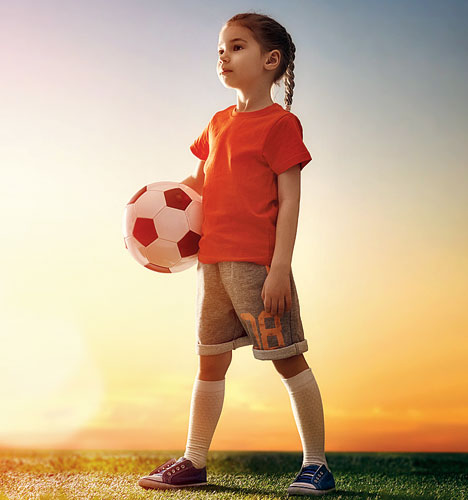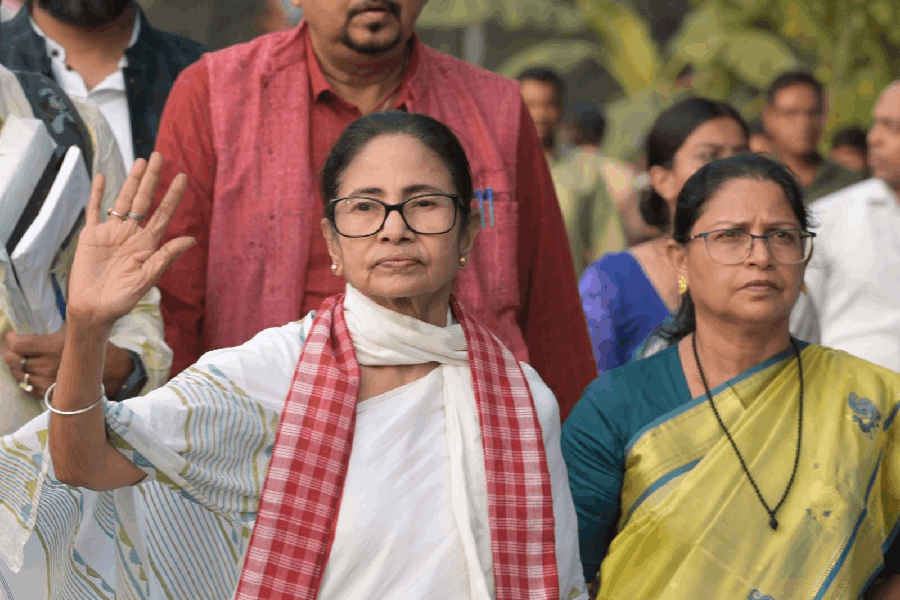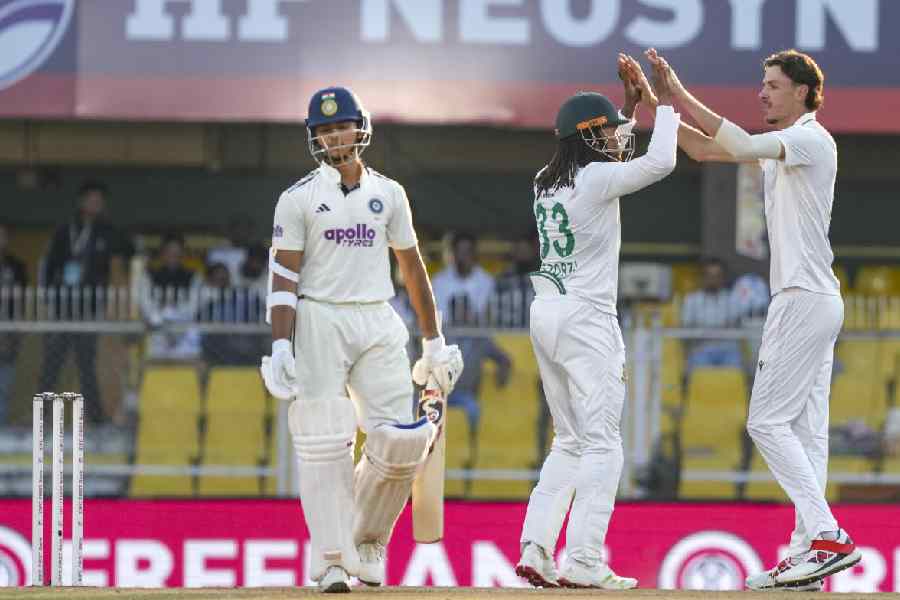
One of the biggest challenges in engaging young children in physical activity is gender stereotype.
Expecting boys to be strong and muscular but girls to be weak and slender can negatively impact an individual’s physical self-concept (understanding of their own body and self) during childhood. The physical activities and movement choices become narrow and gender-biased with this social construction. For example, girls are expected to participate in low-impact physical activities, such as running, dance and yoga, whereas boys are expected to participate in high-impact physical activities, such as football and weightlifting.
Moreover, by using terms such as “throw like a girl”, we automatically set boundaries on how a girl should physically express herself. However, boys and girls tend to show similar physical potential during early and mid-childhood (before puberty). Therefore, gender-biased physical activities during these phases can be problematic as it can deprive children of learning valuable all-around movement skills.
Numerous studies have reported that children tend to participate in sport and exercise when they perceive themselves to be competent. It is difficult to build physical competency if they are expected to follow social norms based on their genders and not exposed to various movement skills. The social dogma of making females internalise and objectify observer’s perspective on their own bodies but providing greater opportunities for boys to develop physical skills are far from ideal.
In addition, popular women’s magazines portray the feminine ideal body in contradictory ways regarding issues of body shapes and sizes. Some magazines even advise women to cure the common illness of body distortion by obtaining ideal body shape and size through extreme diets and fitness practices. These practices can be seen even among schoolchildren.
To further complicate matters, rather than encouraging girls to examine critically the issues that influence the way they learn to think and feel about their bodies, in most cultures, the body is objectified. Therefore, the emphasis shifts from exploring movement skills to trying to fit into unrealistic body expectations. It has also been observed that in most cultures there has been an apparent neglect of individual needs and interest with regard to learning.
Furthermore, the obsession for thinness among girls created by the social construction can negatively impact them both physically and psychologically. More often than not young girls tend to skip meals and run an extra mile only to match the social expectations.
Lack of proper nutrition and repeatedly performing monotonous physical activities such as long-distance running invite both injuries and mental burnout. Hence, the opportunity to learn other movement skills, and expressing themselves naturally tend to get lost. Therefore, it is important to encourage a movement culture that is based on learning skills as opposed to achieving unrealistic outcomes.
Here are a few strategies to help young girls participate in the long-term physical activity and enjoy a movement rich culture.
Avoid comparisons: One of the biggest challenges children face is a constant comparison with their peers. Instead let them explore various movement skills and play different sports of their choice.
Avoid body shaming: This is the worst thing a young girl should go through. Shockingly in most cases, it starts from their own family. This can lead to eating disorders, compulsive behaviours and even negatively impact psychological and social health.
Emphasise process over the outcome: As a parent or a coach, ask them about the skills they learned, what they enjoyed the most and what will they do differently when they finish a match, before asking them about scores.
Do not pick physical activity options for them: Let them choose the activity of their choice, even if it is climbing trees. Support them in finding the best way to do it without providing a lot of information. The role of the adult in the initial part should be that of a health and safety supervisor.
Movement opportunity: Equal opportunity to learn various movement skills should be provided and there should be no difference between the genders.
When we excessively adhere to social biases and traditions, we end up defying science and logic. This is definitely the case with gender’s role in sports and exercise. Unfortunately, there seems to be a constant fight between social construction and what a female body is capable of.
Kaushik Talukdar is the founder and CEO of Athlete Institute. He tweets @CoachKaushik











